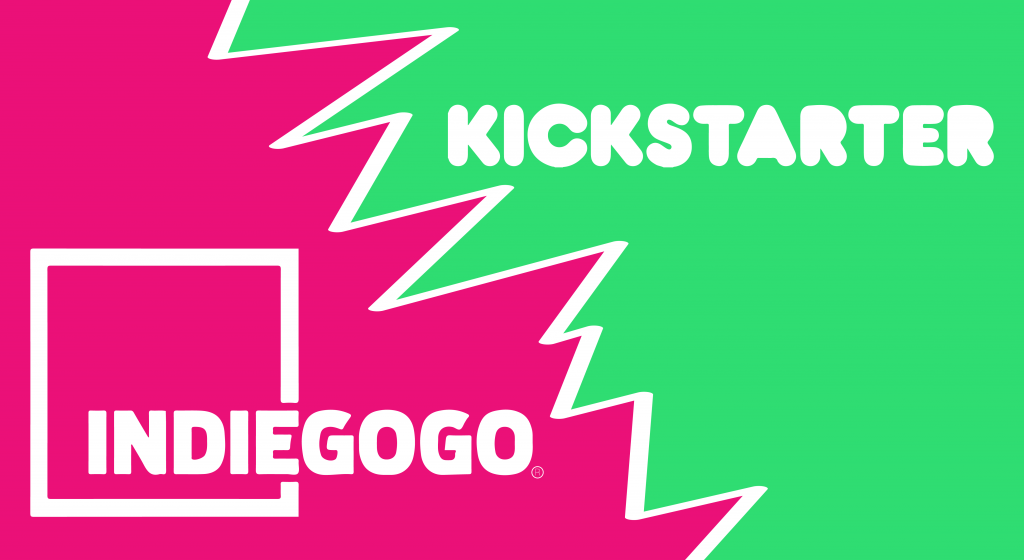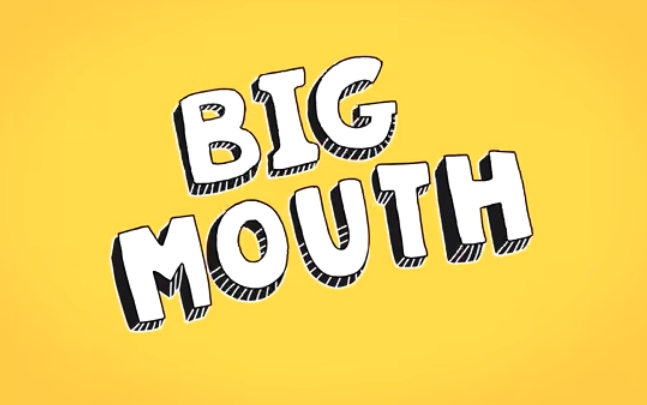The latest episode of South Park,
S26E05, makes a mockery of the modern workplace and dishes out tongue-in-cheek jokes generously to both sides of the spectrum. Both stereotypical millennial workers and grind and hustle culture get served by Cartman and Butters.
How much of it is real, though? Researchers from
Betpack.com have fact-checked the episode.
- “Bare minimum Monday” has 114 000 hits on Google, and one TikTok’er has racked up nearly 8 million views on TIkTok on the subject.
- “Take It Easy Tuesday” has 9 300 hits on Google, and several schools and universities has had official events for the day.
- “I Don’t Work on No-Thinky Thursdays” is a twist to the more well-known “Thinking Thursdays”.
Bare Minimum Monday
Bare Minimum Monday is a method to reduce stress and anxiety associated with starting a new workweek, particularly felt on Sundays. It involves completing only the essential tasks on Mondays while allowing for personal time. This approach aims to combat hustle culture by promoting a balanced and steady workflow rather than equating productivity with worth.
Bare Minimum Monday is said to provide several benefits, such as reducing anxiety on Sundays by preparing for the next workday, promoting a lighter feeling on Mondays, increasing productivity by focusing on essential tasks, improving awareness of one’s a mental state and needs, fostering a positive outlook, and reducing the risk of work-related stress and burnout.
“Bare minimum Monday” is not a joke invented by the South Park creators but a very real phenomenon. A Google search for “bare minimum Monday” yields 114 000 hits, and TikTok’er Marisa Jo has raked up nearly 8 million views on her videos tagged #BareMinimumMonday.
Take It Easy Tuesday
“Take It Easy Tuesday” is a concept that encourages individuals to approach Tuesdays with a relaxed and stress-free mindset. Similar to “Bare Minimum Monday,” this approach aims to promote a balanced and sustainable workflow, rather than overworking and burning out. This involves taking breaks when needed, prioritizing tasks based on urgency and importance, and not overwhelming oneself with an excessive workload. The goal is to create a sense of ease and reduce stress levels throughout the workweek.
“Take it easy Tuesday” has less traction, and a Google search only yields 9 300 hits. However, several of them are from schools and universities, showing that “take it easy Tuesday” as well is a real thing – at least on some scale.
Let’s Not Work Too Hard Wednesday
“Let’s Not Work Too Hard Wednesday” is a concept that encourages individuals to approach Wednesdays with a focus on self-care and work-life balance. Similar to “Bare Minimum Monday” and “Take It Easy Tuesday,” this approach aims to reduce stress and prevent burnout by not overworking oneself. This involves taking breaks when needed, avoiding over-commitment, and prioritizing tasks that are essential while allowing time for personal and non-work-related activities. The goal is to promote a healthy work-life balance and avoid feeling overwhelmed or exhausted by the middle of the workweek.
However, outside of fans discussing the episode, the day has no traction, indicating that there is no real movement behind it and that it is purely a joke by the cartoon creators.
I Don’t Work On No-Thinky Thursdays
“I Don’t Work on No-Thinky Thursdays” is a twist to the more well-known “Thinking Thursdays”. Thinking Thursdays is a concept adopted by some organizations to help improve productivity, creativity, and overall well-being in the workplace. It is a day dedicated to allowing employees to focus on their tasks, projects, and personal development without the interruptions of meetings or other scheduled obligations.
The main idea behind Thinking Thursdays (or No Meeting Thursdays) is to create a regular time during the week for employees to work on tasks that require deep concentration and uninterrupted focus. This can lead to higher quality work, enhanced creativity, and improved employee satisfaction. By reducing or eliminating meetings on Thursdays, employees have more time to engage in individual tasks, think creatively, and collaborate in a less structured manner.
These initiatives are part of a broader trend to address workplace productivity, time management, and employee well-being. Other similar approaches include Quiet Time policies, designated collaboration hours, and flexible working arrangements.
Friday Left Alone
The South Park creators didn’t make fun of the last workday of the week; Fridays. In the modern workforce, Fridays have organically evolved into a day of decreased productivity, often referred to as a “lazy day.”
This phenomenon can be attributed to various factors that contribute to a more relaxed atmosphere at the end of the workweek. Employees are likely to experience increased anticipation for the weekend, leading to a diminished focus on work-related tasks. Additionally, many workplaces’ informal “casual Fridays” dress code contributes to a more laid-back attitude.
As a result, Fridays have become synonymous with a slower pace. This perception has been widely accepted and perpetuated in popular cultures, as exemplified by Cartman’s lack of an excuse for Fridays, humorously acknowledges the fact that the day has already established itself as a time when employees are naturally inclined to take it easy and wind down in preparation for the weekend.
Read our review for the most recent episode of
South Park.



























Too bad. The show is complete garbage and a waste of everyone's time.